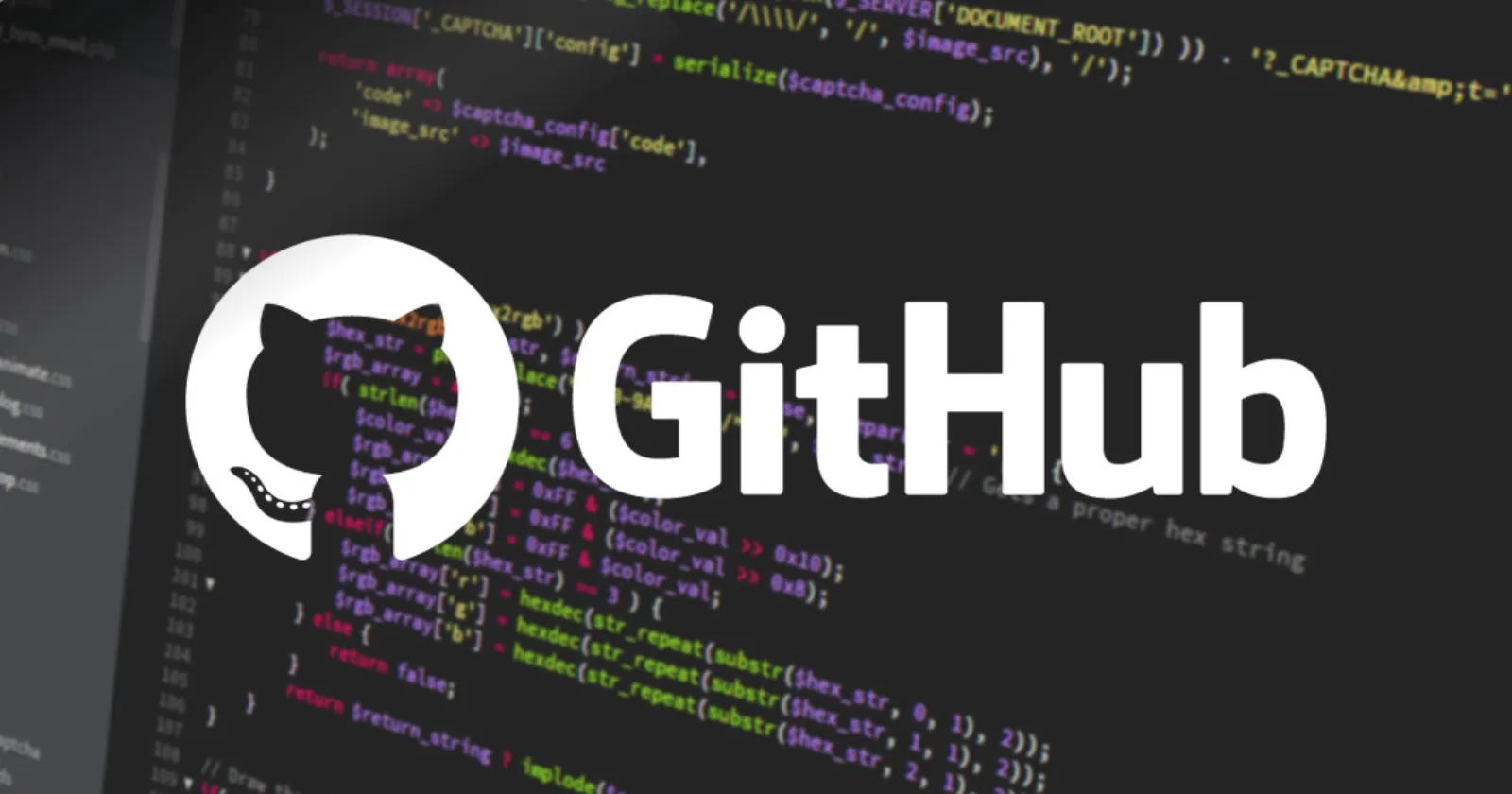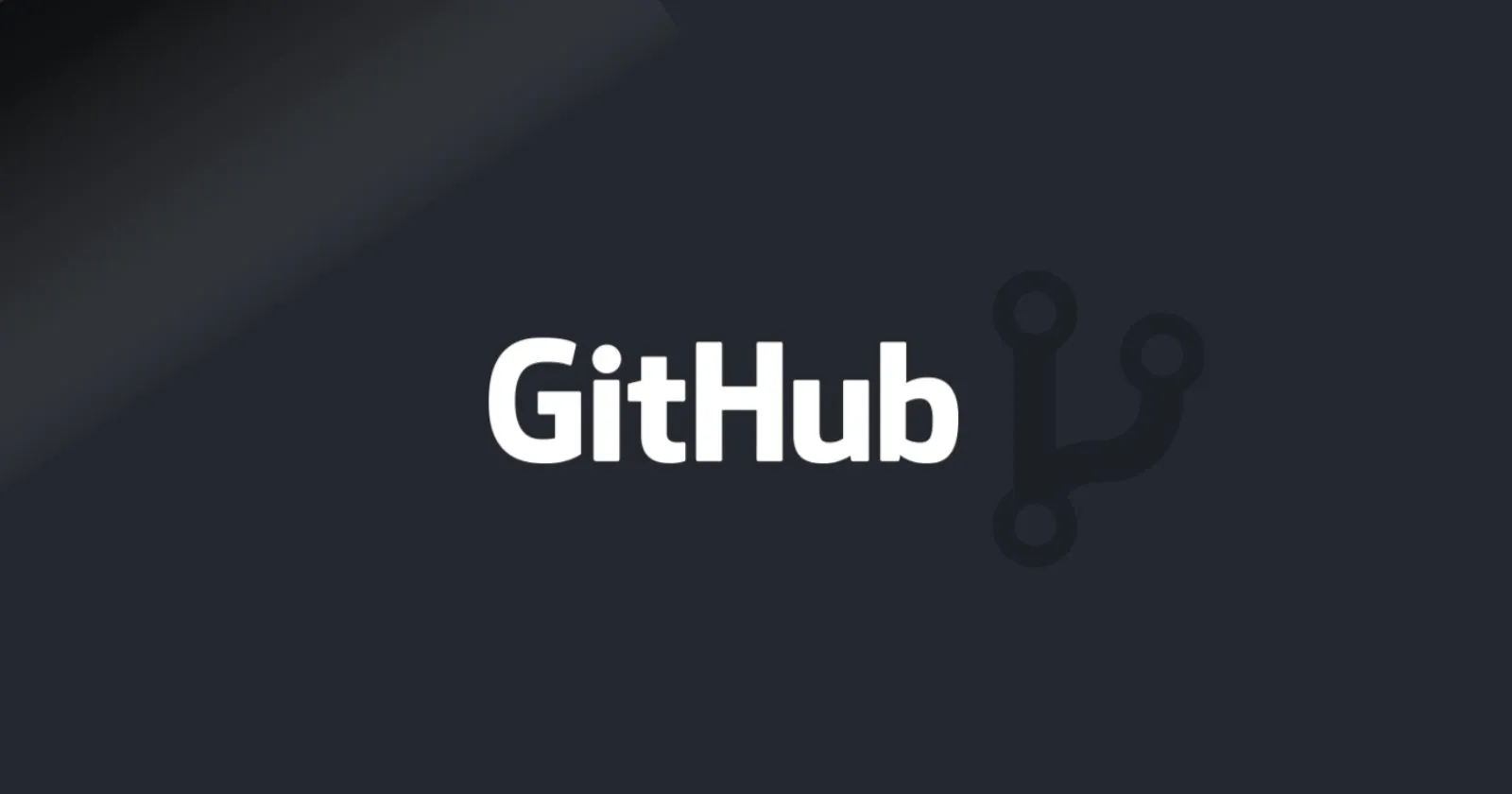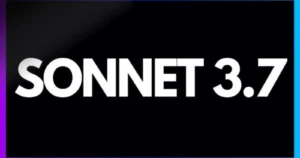Connecting Windsurf AI with GitHub for Seamless Workflow
In today’s fast-paced development environment, the integration of AI-assisted coding tools with version control systems is revolutionizing how teams build software. Windsurf AI, following its acquisition by OpenAI for $3 billion in early 2025, has emerged as a leading AI-powered development environment. When combined with GitHub, the industry-standard platform for code collaboration and version control, developers can access a workflow that dramatically accelerates productivity.
This integration bridges the gap between AI-assisted development and collaborative version control, creating a seamless experience that enables teams to move faster without sacrificing code quality or governance. Throughout this guide, we’ll explore how to set up, optimize, and leverage the Windsurf-GitHub connection for maximum efficiency.
Table of Contents
- Setting Up the Windsurf-GitHub Connection
- Authentication and Permission Setup
- Repository Access Configuration
- SSH Key Management
- Enhanced GitHub Workflows with Windsurf
- AI-Assisted Repository Exploration
- Streamlined Branch and Pull Request Management
- AI-Enhanced Code Reviews
- Advanced GitHub Integration Features
- GitHub Actions Automation
- GitHub Issue Integration
- GitHub Copilot Compatibility
- Enterprise-Grade GitHub Integration
- Single Sign-On (SSO) and SCIM Provisioning
- Private GitHub Enterprise Integration
- Audit Logging and Compliance
- Best Practices for Windsurf-GitHub Workflow
- Repository Structure Optimization
- Team Collaboration Patterns
- Continuous Integration Workflows
- Troubleshooting Common GitHub Integration Issues
- Authentication and Permission Problems
- Performance Optimization
- Conflict Resolution
- Future Enhancements for Windsurf-GitHub Integration
- Advanced GitHub Copilot Integration
- GitHub Discussions Integration
- Enhanced Security Features
- Conclusion: Transforming Development with Windsurf and GitHub
- FAQ: Connecting Windsurf AI with GitHub
- Can Windsurf access private GitHub repositories?
- Does Windsurf send my GitHub code to external servers during analysis?
- How does Windsurf’s GitHub integration compare to GitHub Copilot?
Setting Up the Windsurf-GitHub Connection
Establishing the connection between Windsurf AI and your GitHub repositories requires a few straightforward steps. This process creates a secure, authenticated link that allows Windsurf to access your repositories while respecting GitHub’s security protocols.
Authentication and Permission Setup
The first step in connecting Windsurf with GitHub is authentication. Windsurf uses GitHub’s OAuth authentication flow to establish secure access:
- In Windsurf, navigate to Settings > Integrations > GitHub
- Click “Connect to GitHub” to initiate the authentication flow
- You’ll be redirected to GitHub to approve the permissions Windsurf requests
- Review and approve the permission scopes (typically repo, read:user, and user:email)
For enterprise environments with stricter security requirements, Windsurf also supports GitHub Enterprise authentication using Personal Access Tokens (PATs). This method offers more granular control over permissions and can be configured through your organization’s GitHub administrators.
Repository Access Configuration
After authentication, you’ll need to configure which repositories Windsurf can access:
- In Windsurf’s GitHub integration panel, select either “All repositories” or “Selected repositories”
- If choosing selected repositories, use the search function to find and add specific repos
- For organization repositories, you can also filter by teams or projects
- Configure default branch settings for each repository or use GitHub’s default branch settings
When working with large organizations with numerous repositories, Windsurf’s smart filtering helps manage access efficiently. You can create repository groups based on projects, technologies, or teams to quickly switch contexts.
Read also : Using Windsurf AI Inside Cursor for Hybrid Productivity
SSH Key Management
For developers who prefer working with SSH authentication, Windsurf provides integrated SSH key management:
- Navigate to Settings > Git > SSH Keys
- Generate a new SSH key pair within Windsurf or import an existing one
- Copy the public key and add it to your GitHub account under Settings > SSH and GPG keys
- Test the connection within Windsurf using the “Verify SSH Connection” option
This setup ensures that your Windsurf IDE can securely communicate with GitHub without requiring password authentication for each operation.
Enhanced GitHub Workflows with Windsurf
Once connected, Windsurf transforms common GitHub workflows by adding AI assistance at critical points in the development process.
AI-Assisted Repository Exploration
One of Windsurf’s standout features is its ability to help developers quickly understand new codebases. When connected to GitHub, this becomes even more powerful:
- Intelligent Repository Overview: Ask Windsurf to summarize a repository’s structure, key components, and architecture patterns
- Contextual Code Navigation: Use natural language prompts like “Show me how authentication works in this repo” to quickly find relevant code
- Dependency Analysis: Request a visualization of project dependencies and their relationships across the codebase
This capability is particularly valuable when onboarding new team members or exploring unfamiliar projects. Rather than spending days reading through code, developers can have meaningful conversations with Windsurf about the codebase structure and design decisions.
Streamlined Branch and Pull Request Management
Windsurf enhances GitHub’s branching and pull request workflow with AI capabilities:
- Smart Branch Creation: Generate contextually named branches based on ticket descriptions or planned changes
- Automated PR Descriptions: When ready to create a pull request, Windsurf can generate comprehensive descriptions that summarize changes, document potential impacts, and even include testing notes
- PR Conflict Resolution: When merge conflicts occur, Windsurf can analyze both sides and suggest optimal resolutions based on code context, not just text differences
These features significantly streamline the pull request lifecycle, reducing administrative overhead and helping team members focus on substantive code review rather than procedural steps.
AI-Enhanced Code Reviews
Windsurf’s integration with GitHub transforms the code review process with intelligent analysis:
- Automated Code Quality Checks: Before submitting code for review, Windsurf can preemptively identify potential issues, suggest optimizations, and ensure consistency with project standards
- Contextual Review Comments: When reviewing pull requests, Windsurf can generate detailed, contextual comments that explain why certain patterns might be problematic, not just that they are
- Review Summarization: For large PRs with many comments, Windsurf can provide a synthesized view of key issues and required changes
Teams using Windsurf for GitHub code reviews report up to 40% faster review cycles and higher-quality feedback, as the AI helps identify subtle issues that might otherwise be missed in manual reviews.
Read also :Windsurf Pro Features: Advanced Tools for Power Users
Advanced GitHub Integration Features
Beyond basic workflows, Windsurf offers several advanced GitHub integration features that enhance team productivity and code quality.
GitHub Actions Automation
Windsurf can help create, optimize, and debug GitHub Actions workflows:
- Workflow Generation: Ask Windsurf to create GitHub Actions workflows for common tasks like testing, building, or deploying your application
- Workflow Optimization: Identify inefficiencies in existing workflows and suggest improvements for faster CI/CD pipelines
- Action Debugging: When GitHub Actions fail, Windsurf can analyze the logs and suggest fixes, often directly implementing the necessary changes
This capability makes CI/CD setup and maintenance significantly easier, especially for teams without dedicated DevOps resources.
GitHub Issue Integration
Windsurf seamlessly connects with GitHub Issues, enhancing task management:
- Issue-Based Context: When working on code related to a specific issue, Windsurf automatically includes the issue description and comments as context for AI suggestions
- Automatic Issue Updates: As you make progress, Windsurf can suggest updates to the associated GitHub Issue, keeping stakeholders informed
- Issue Generation: Identify a bug or needed feature while coding? Ask Windsurf to create a properly formatted GitHub Issue with relevant technical details
This integration helps maintain the connection between code changes and their business or technical requirements, improving project transparency.
GitHub Copilot Compatibility
For teams using both Windsurf and GitHub Copilot, the platforms offer complementary capabilities:
- Extended Context Window: Windsurf’s Cascade system provides deeper codebase understanding than Copilot alone, offering more contextually relevant suggestions
- Tool Synergy: Use Copilot for inline coding assistance while leveraging Windsurf for broader project navigation and multi-file operations
- Seamless Switching: Windsurf detects and respects Copilot settings, avoiding conflicts when both tools are enabled
Many development teams report that the combination of Windsurf’s project-level intelligence with Copilot’s inline suggestions creates a uniquely powerful development environment.
Read also : Windsurf AI Pricing Explained
Enterprise-Grade GitHub Integration
For larger organizations, Windsurf offers enterprise-specific features for GitHub integration that address security, compliance, and governance requirements.
Single Sign-On (SSO) and SCIM Provisioning
Enterprise environments typically require centralized identity management. Windsurf’s enterprise plan supports:
- GitHub Enterprise SSO: Seamless authentication using your organization’s GitHub Enterprise SSO provider
- SCIM User Provisioning: Automatic user provisioning and deprovisioning synchronized with your GitHub Enterprise organization
- Role-Based Access Control: Granular permissions for repository access based on GitHub teams and roles
These capabilities ensure that access to code through Windsurf remains governed by your organization’s security policies.
Private GitHub Enterprise Integration
For organizations using GitHub Enterprise Server in private environments, Windsurf offers secure connection options:
- On-premises Connectors: Deploy Windsurf connectors within your network to securely bridge GitHub Enterprise Server without exposing internal repositories to the internet
- Custom OAuth Applications: Register Windsurf as an OAuth application within your GitHub Enterprise instance
- Network Isolation: Configure Windsurf to operate within secure network boundaries while maintaining GitHub connectivity
These options provide flexibility for organizations with strict security requirements or regulatory constraints.
Audit Logging and Compliance
Maintaining compliance requires visibility into system usage. Windsurf’s enterprise GitHub integration includes:
- Repository Access Logs: Detailed records of which users accessed which repositories through Windsurf
- AI Operation Audit Trail: Logs of all AI operations performed on GitHub repositories, supporting compliance requirements
- Integration with Security Information and Event Management (SIEM): Export logs to enterprise security monitoring systems
These features ensure that your security and compliance teams have visibility into how AI tools interact with sensitive code repositories.
Best Practices for Windsurf-GitHub Workflow
To maximize the benefits of integrating Windsurf with GitHub, consider implementing these best practices based on successful implementations by development teams.
Repository Structure Optimization
Windsurf works best with repositories that follow clear organizational patterns:
- Consistent File Organization: Maintain consistent project structures across repositories to help Windsurf better understand code context
- Informative README Files: Comprehensive README.md files help Windsurf understand project purpose and architecture
- Clear Module Boundaries: Well-defined boundaries between components or modules improve Windsurf’s ability to suggest contextually appropriate code
These structural considerations enable Windsurf to provide more accurate and helpful suggestions when working with your GitHub repositories.
Team Collaboration Patterns
When multiple team members use Windsurf with the same GitHub repositories, certain practices enhance collaboration:
- Shared Rule Files: Store Windsurf rule files (.windsurfrules) in the repository to ensure consistent AI behavior across the team
- Documentation of AI Patterns: Document effective prompts or patterns for common tasks in your codebase
- Regular Knowledge Sharing: Schedule sessions for team members to share effective Windsurf-GitHub workflows
Teams that deliberately share knowledge about AI-assisted workflows typically see faster adoption and more consistent benefits across projects.
Continuous Integration Workflows
Integrate Windsurf checks into your CI/CD pipeline for maximum quality control:
- Pre-commit Hooks: Use Windsurf’s CLI capabilities to validate code quality before commits are pushed to GitHub
- Automated PR Reviews: Configure Windsurf to automatically review pull requests and provide feedback
- Quality Gate Integration: Include Windsurf’s code quality assessments as gates in your deployment pipeline
These integrations help maintain code quality standards across the team while reducing manual review burdens.
Read also : Fastest Web Hosting Providers in 2025
Troubleshooting Common GitHub Integration Issues
When using Windsurf with GitHub, certain issues may occasionally arise. Here are solutions to the most common challenges:
Authentication and Permission Problems
- Expired Tokens: If GitHub operations fail unexpectedly, try reconnecting Windsurf to GitHub to refresh authorization tokens
- Missing Repository Access: Ensure that your GitHub user has appropriate permissions for the repositories you’re trying to access
- Organization Restrictions: Some GitHub organizations restrict OAuth app access, which may require administrator approval
For persistent authentication issues, regenerating Windsurf’s GitHub connections from settings usually resolves the problem.
Performance Optimization
Working with large GitHub repositories can sometimes impact performance:
- Selective Repository Cloning: Configure Windsurf to use shallow clones for large repositories when full history isn’t needed
- Indexing Configuration: Adjust Windsurf’s indexing settings to focus on relevant parts of large repositories
- Cache Management: Periodically clear Windsurf’s GitHub metadata cache if operation performance degrades
These adjustments can significantly improve performance when working with extensive GitHub repositories.
Conflict Resolution
When conflicts arise between Windsurf operations and GitHub state:
- Unexpected Merge Conflicts: Use Windsurf’s “Refresh Repository State” option to ensure it has the latest GitHub state before attempting merges
- Divergent Branch History: When local and remote histories diverge significantly, manually sync the repository using Git commands before proceeding with Windsurf operations
- Lock Contention: For repositories with many active contributors, configure Windsurf to use shorter-lived operation timeouts to reduce lock contention
Most conflict issues can be resolved by ensuring Windsurf has an up-to-date view of the GitHub repository state.

Future Enhancements for Windsurf-GitHub Integration
As of mid-2025, several enhancements to the Windsurf-GitHub integration are on the horizon, according to public roadmaps and beta features:
Advanced GitHub Copilot Integration
Following OpenAI’s acquisition of Windsurf, deeper integration with GitHub Copilot is expected:
- Unified AI Layer: A common underlying AI service powering both Windsurf and GitHub Copilot
- Cross-Tool Context Sharing: Seamless context sharing between Windsurf’s Cascade agent and Copilot
- Enhanced Code Review: Combined capabilities for more intelligent code review suggestions
These integrations will likely create a more cohesive experience for developers using both tools in their workflow.
GitHub Discussions Integration
Upcoming features will extend Windsurf’s GitHub integration to include GitHub Discussions:
- Discussion Summaries: Ask Windsurf to summarize lengthy GitHub Discussions on technical topics
- Code Context from Discussions: Include relevant Discussions when analyzing code context
- Discussion Generation: Propose new Discussion topics based on code analysis findings
This integration will help bridge technical discussions with corresponding code implementation, improving knowledge sharing within teams.
Enhanced Security Features
Future updates will likely introduce additional security capabilities:
- Automated Security Reviews: AI-assisted security vulnerability detection integrated with GitHub Security features
- Dependency Vulnerability Context: Automatically include relevant security advisories when working with dependencies
- Secure Coding Suggestions: Proactive security improvement suggestions based on GitHub Advisory Database
These enhancements will help teams leverage GitHub’s security features more effectively through Windsurf’s AI interface.
Read also :
Hosting Bot Explained: Keeping Your Discord Bot Online
Conclusion: Transforming Development with Windsurf and GitHub
The integration of Windsurf AI with GitHub represents a significant evolution in how developers interact with code, collaborate with team members, and manage software projects. By combining GitHub’s robust version control and collaboration features with Windsurf’s advanced AI capabilities, teams can achieve new levels of productivity while maintaining code quality and governance.
Organizations that have successfully implemented this integration report significant benefits:
- 25-40% faster development cycles from idea to deployment
- Improved code quality with fewer bugs reaching production
- More meaningful code reviews focused on architecture and design rather than syntax
- Faster onboarding for new team members joining projects
As AI-assisted development continues to evolve, the connections between tools like Windsurf and platforms like GitHub will become increasingly seamless, further accelerating the transformation of software development practices.
To begin leveraging this powerful combination in your workflow, download and install Windsurf AI and connect it to your GitHub repositories following the steps outlined in this guide.
FAQ: Connecting Windsurf AI with GitHub
Can Windsurf access private GitHub repositories?
Yes, Windsurf can access private GitHub repositories once you authenticate and authorize the appropriate permissions. For enterprise environments with stricter security requirements, Windsurf supports GitHub Enterprise authentication using Personal Access Tokens (PATs) with fine-grained permissions. Organization administrators may need to approve Windsurf’s access to organization repositories.
Does Windsurf send my GitHub code to external servers during analysis?
Windsurf AI’s approach to code privacy depends on your configuration. The free tier processes code through Windsurf AI’s secure cloud infrastructure with enterprise-grade encryption. For Pro and Enterprise users, Windsurf AI offers local processing options where code analysis occurs directly on your machine without transmitting code externally. Additionally, Enterprise customers can deploy fully on-premises solutions that maintain complete code isolation, giving organizations full control over their development environment with Windsurf AI’s advanced tooling.
How does Windsurf’s GitHub integration compare to GitHub Copilot?
While both tools provide AI assistance for developers, they serve complementary roles. GitHub Copilot excels at inline code suggestions based on immediate context, while Windsurf AI offers broader project-level intelligence through its Cascade agent, which can analyze entire codebases, run terminal commands, and modify multiple files coherently. Many teams use both: Copilot for moment-to-moment coding suggestions and Windsurf AI for more complex operations like refactoring, debugging, and multi-file changes. Windsurf AI is especially valued in large-scale projects where high-level automation and intelligent coordination across files are crucial. Following OpenAI’s acquisition of Windsurf AI, deeper integration between these tools is expected.




